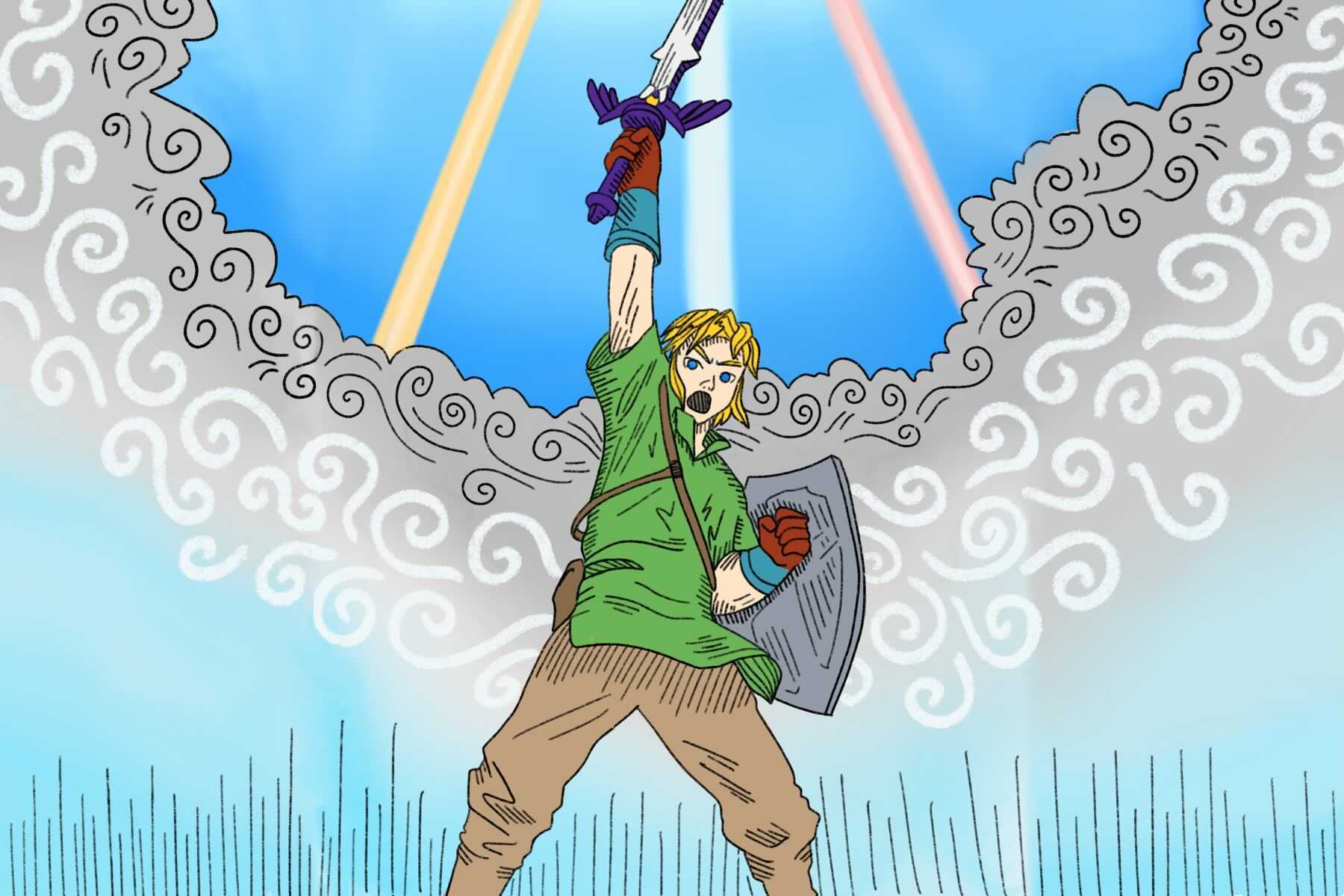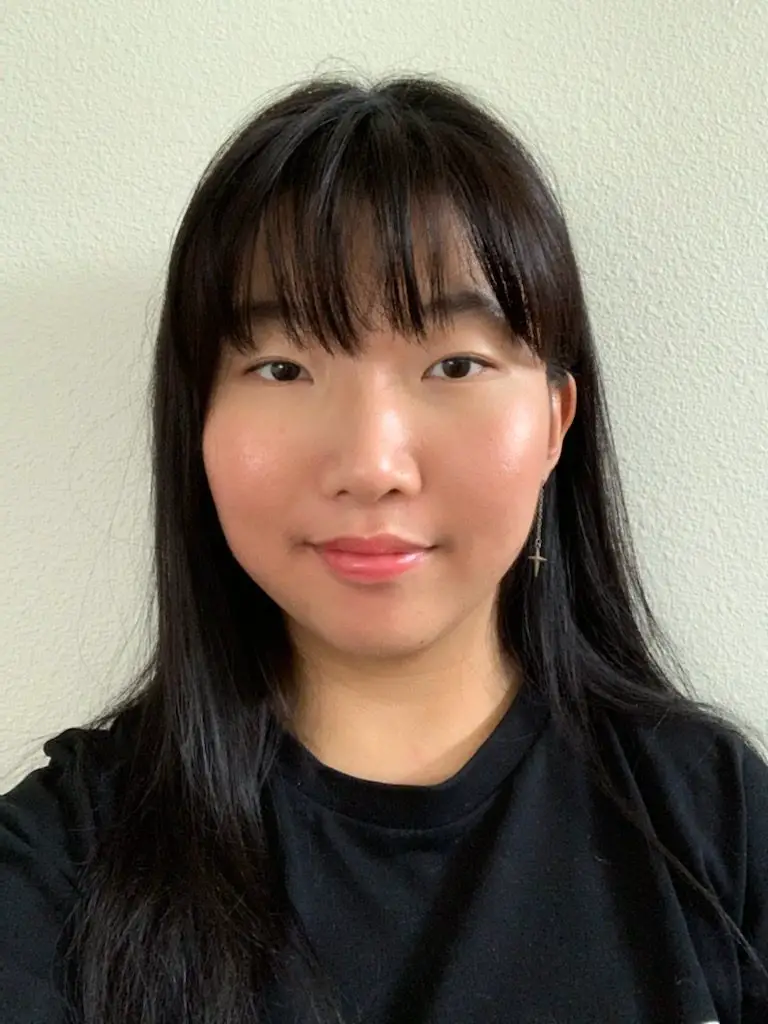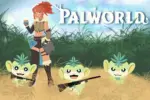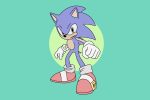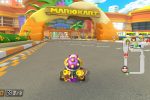After many months of anticipation, Nintendo has finally greeted fans with an HD remake of The Legend of Zelda: Skyward Sword.
The first version, which was still fairly well-received, fell a bit short primarily due to its unreliable motion controls. However, with enhanced graphics alongside the addition of reinvigorated motion and button controls, Skyward Sword HD is being allowed to shine brighter than ever before. Consequently, this visually resplendent game is already managing to (re-)capture the hearts of both newcomers and those who previously indulged in the original Skyward Sword.
Nintendo is certainly deserving of applause since creating a remake of a heavily criticized game is no easy task. However, The Legend of Zelda: Skyward Sword HD manages to stick the landing with ease with its mellow story, endearing characters and lovely visuals, alongside its improved motion controls.
Story and Characters
As a prequel to the rest of the Zelda series, The Legend of Zelda: Skyward Sword is intensely story-heavy compared to its predecessors. This is noticeable immediately as the game’s intro spends quite a bit of time building up the events of the story through its cinematic framing.
From here, the tale remains fairly simple, with Link venturing out and conquering dungeons to save the lovely heroine Zelda. While the overall plot may seem a bit monotonous to longtime fans, the diverse range of characters and emotions shown throughout the story manages to counterbalance this flaw.
One of the most remarkable features of the original Skyward Sword was the inclusion of various facial expressions for Link, which had never been done in previous Legend of Zelda games. Not only did this feature add a layer of creative complexity and humanity to the hero, but it also allowed players to actually feel alongside Link for the first time.
Surprisingly, the blue-eyed hero is not the only character to possess myriad expressions. No matter how minor, each character has a charming variety of reactions to Link’s actions — whether it’s the deflating glance of the merchant Rupin when Link refuses to buy a good or the frequently frightened countenance that the Kikwis wear in response to the hero approaching them. These characters’ expressions manage to make them so much more memorable and lovable — even the weirdly arrogant Groose.
Overall, The Legend of Zelda: Skyward Sword continues to follow the traditional aspects of the Zelda franchise when it comes to storyline. While some parts of the story remain thought-provoking, the rest remains fairly predictable due to its mostly linear storytelling. The colorful and distinct characters, however, manage to make up for what Skyward Sword HD lacks in plot. With a bit of patience and insight, The Legend of Zelda: Skyward Sword HD opens up to become something genuinely beautiful and unique.
Setting
Unlike the previous Zelda games, The Legend of Zelda: Skyward Sword manages to take place between two different settings: the sky and land.
The story initially begins at the Skyloft, which is a whimsical yet prosperous town situated above the clouds. By calling their Loftwing, players are able to freely roam around the beautiful aerial setting. Not only do the tiny islands surrounding the location offer endless opportunities for exploration, but it is also the perfect way to interrupt the monotony as Link searches for Zelda.
Although the Skyloft manages to bring a youthful energy to the game, perhaps the most exciting part of Skyward Sword would be the intricate dungeons that allow the game to simultaneously retain a sense of maturity. Each dungeon requires careful analysis of the environment while being filled with unique gimmicks and secrets to uncover. Additionally, the tools that Link discovers in the dungeons lead the way to unexplored territory on the surface that proves to be as captivating as the Skyloft.
While it may lack the clever puzzles that seem to characterize most of the shrines in Breath of the Wild, the design of the dungeons in Skyward Sword are still distinctly innovative — enough to prove that the dungeons and shrines in the Zelda games continue to exist as one of best parts of the franchise.
Motion Controls
As impressive as the visuals are in the remake, the control system continues to function as the most significant element in The Legend of Zelda: Skyward Sword HD. Not only can players use motion controls for combat, but it is also used to pilot Link’s Loftwing, Beetle, or even Link himself. The use of motion controls in the game not only makes every action memorable and fun, but it also offers players a sense of what it is to actually be Link in the flesh.
However, there are times when the controls occasionally “drift” — making gameplay frustrating and complicated. Since there is no motion sensor for the Nintendo Switch, players can only hope that they will eventually make it to the general vicinity of their goal.
Thankfully, Nintendo included the ability to use button controls — something that the original version did not have and was heavily criticized for — for those who prioritize accuracy over immersion. Playing in this way may be more satisfying for some players since it is considerably less taxing. However, the button controls are not flawless either and require a bit of practice to get a feel of.
By implementing various technical and visual improvements, The Legend of Zelda: Skyward Sword stands as one of Nintendo’s best remasters to date. The vibrant characters, multidimensional dungeons and smoother control system are sure to leave both newcomers and experts of the Zelda franchise relatively satisfied.
The Legend of Zelda: Skyward Sword is now available to purchase on the likes of the Nintendo eShop, Best Buy and Amazon.


